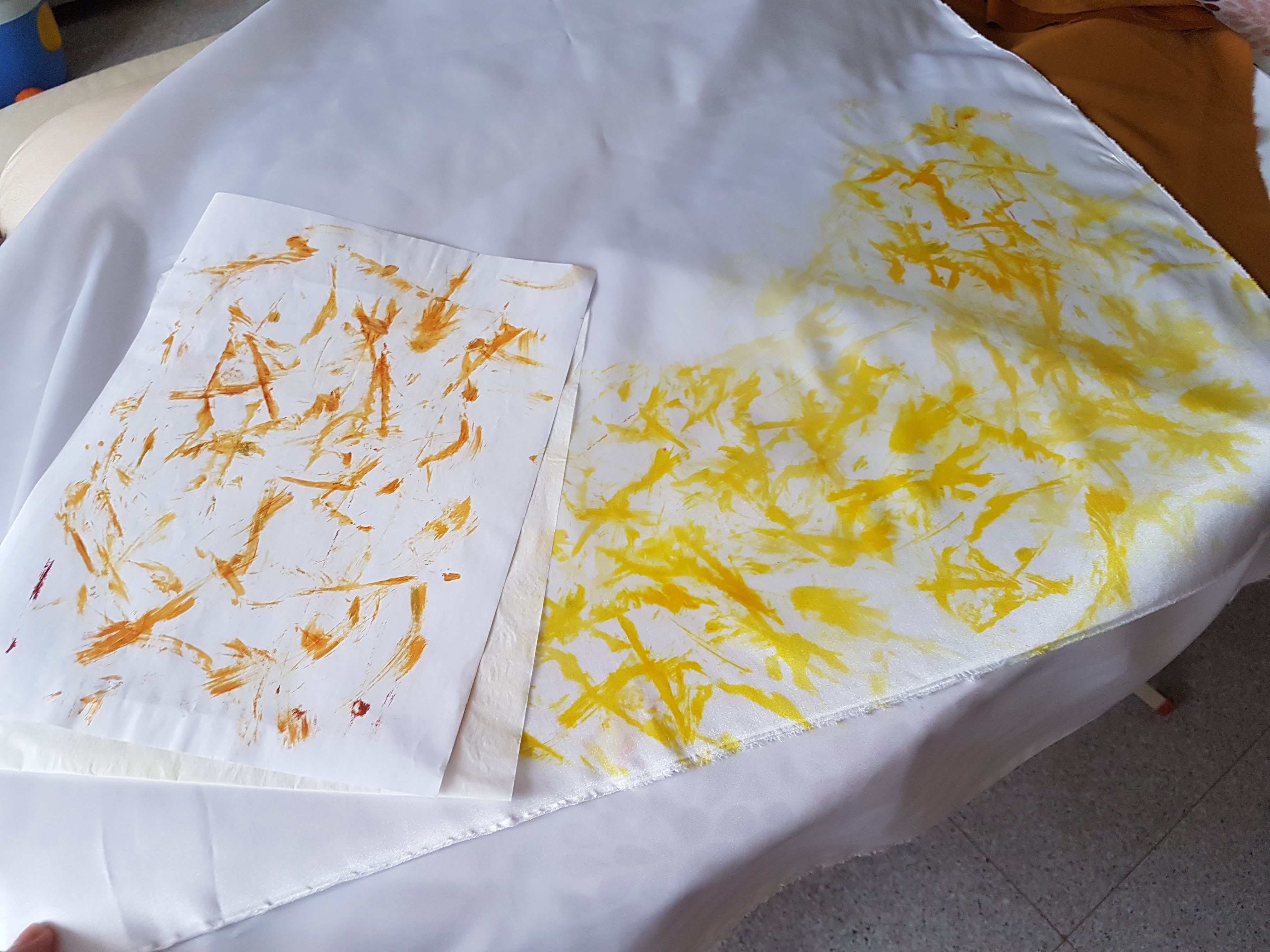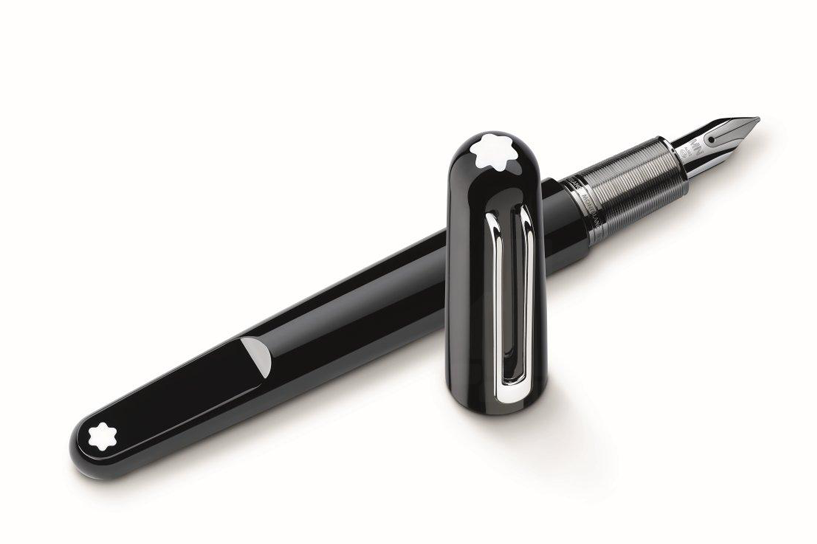Transfer printing
Images transferred through heat and pressure
Type of fabric: Polyester Satin
2 Methods:
- Dry Transfer:
- Draw with Fabric crayons on a piece of paper
- Place the paper facing downwards on the fabric
- Place a piece of tracing paper on top to avoid Ink damaging the Iron
- Iron over the paper for approximately a minute, constantly check to avoid overheating.
- Wet Transfer:
- Paint with Transprint Inks on a piece of paper
- Place the paper facing downwards on the fabric
- Place a piece of tracing paper on top to avoid Ink damaging the Iron
- Iron over the paper for approximately a minute, constantly check to avoid overheating.
Series of initial paint and crayon drawings
Process of Ironing & heat transfer
Mistakes
It was pretty disastrous that this happened while I was trying to make a cape from the 1m long cloth for Chinese New Year. The result of leaving the iron there for too long at the highest temperature and not noticing that the cloth has melted. Fortunately, the tracing paper saved my ironing plate. In the end, I decided to tear all of the fabric into small square handkerchiefs. There goes my DIY new year cape. It’s cool. At least I’ve learned my lesson.
Final Outcome
Learning points & Application:
I find transfer print an easy, fun and fast way to create and transfer pattern designs on a fabric. Apart from trying not to overheat the cloth, one thing I have learned about this technique is to try to overlap more abstract paintings to create nicer patterns.

The color tends to fade away when I ironed over and over again so maybe I could have paint more pieces of paper using the same technique and color if I were to create a huge piece of cloth with pattern. If possible, (monetary and time wise) I would buy the transprint paint someday and DIY my own cape, clothes or even dress.
Looking forward to learn more new techniques in the surface design!



















































